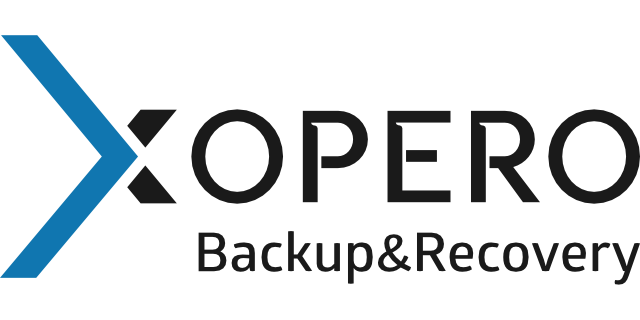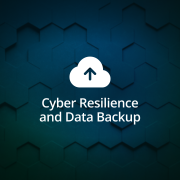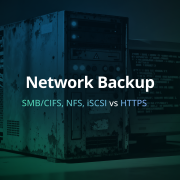
Backup 3-2-1 – What Is It and Why Should You Use It?
Backup 3-2-1 is a data protection strategy that is widely recognized as one of the best approaches in the field of IT security. In the digital age, where every company and organization is exposed to various threats, from hardware failures to cyber-attacks, this strategy becomes a crucial element in ensuring business continuity. But what exactly does the term “backup 3-2-1” mean? Why is it the only right approach that should immediately be incorporated into your data security strategy? Read our article to find out!
Backup 3-2-1 – The Foundation of Creating Backups
“Clients are divided into those who make backups and those who will make them” – this is one of the most popular sayings in the world of cybersecurity. If you know us even a little, you’ve probably heard it.
It means that the former are either naturally cautious and prudent or have already experienced the unpleasantness associated with data loss and business downtime. The latter will probably face it. According to harsh statistics, the likelihood is almost certain.
However, we not only want to warn you but also advise you on how to effectively protect your data to avoid becoming a victim of these statistics.
Another well-known concept in the field of data backup, also based on probability, is the 3-2-1 rule. What does it mean, and what do these numbers stand for? We explain!
Backup 3-2-1 – Decoding the Numbers
What Does the Term Backup 3-2-1 Mean?
The backup 3-2-1 strategy suggests that a data backup should meet three fundamental criteria:
-
Three copies of data: Keep at least three copies of your data. This means that in addition to the production data, there should be two additional backup copies.
-
Two different storage media: These three copies of data should be stored on at least two different media. This can be, for example, Xopero Unified Protection. This minimizes the risk associated with the failure of a single type of storage medium.
-
One off-site copy: One of these copies should be stored at an external location, away from the company’s premises. This can be in the cloud or another physical location. This ensures that even in the event of a disaster that destroys local copies (such as a fire or flood), your data remains safe.
“3” – Keep at Least Three Copies of Your Data
Hardware failure or theft, ransomware attacks, intentional or accidental employee breaches… we have already written about the causes of data loss. The risk of these occurrences varies, but we can make certain assumptions to understand why it is beneficial to have three copies of your data, including the primary backup. Let’s assume we store data on Device A and its backup on Device B. The probability of data loss from Device A is 1/100, and it is the same for Device B. The chance of both devices failing simultaneously is as follows:
1/100 x 1/100 = 1/10,000
However, if we have a second data backup stored independently offsite (e.g., cloud backup), and the probability of failure at this location is also 1/100, the chance of data loss decreases to:
1/100 x 1/100 x 1/100 = 1/1,000,000 (!)
Have we convinced you of the validity of this principle?
“2” – Store Copies on at Least Two Different Media
Undeniably, any data storage solution will eventually fail. Hard drives, besides having potential defects, have a limited lifespan. Two identical devices, purchased around the same time, are more likely to fail simultaneously than two different types of media. Hence, it’s crucial to create and store backups on different media types. By choosing Xopero Unified Protection, you get an ALL-in-ONE solution—combining backup software, a disk array, an archiver, and a deduplication device.
“1” – Keep One Backup Copy Off-Site
Fire, flood, theft – some threats can affect your entire IT infrastructure. If you don’t want your data to “go up in smoke,” we recommend keeping one backup copy off-site as per the 3-2-1 rule. A good solution might be a cloud backup program. Xopero uses a Polish Data Center with several physical locations and an IT infrastructure with a level of security impossible (because it’s too costly) to implement internally in any company.
If online backup seems less secure, expensive, or slow to you, let us convince you otherwise. To start: read our article on the myths of cloud backup!
3…2…1… – start following this simple yet effective backup rule! By implementing the 3-2-1 strategy, you not only secure your data but also provide your company with unparalleled resilience against any unforeseen situations. Take care of your data today so you can sleep soundly tomorrow.







